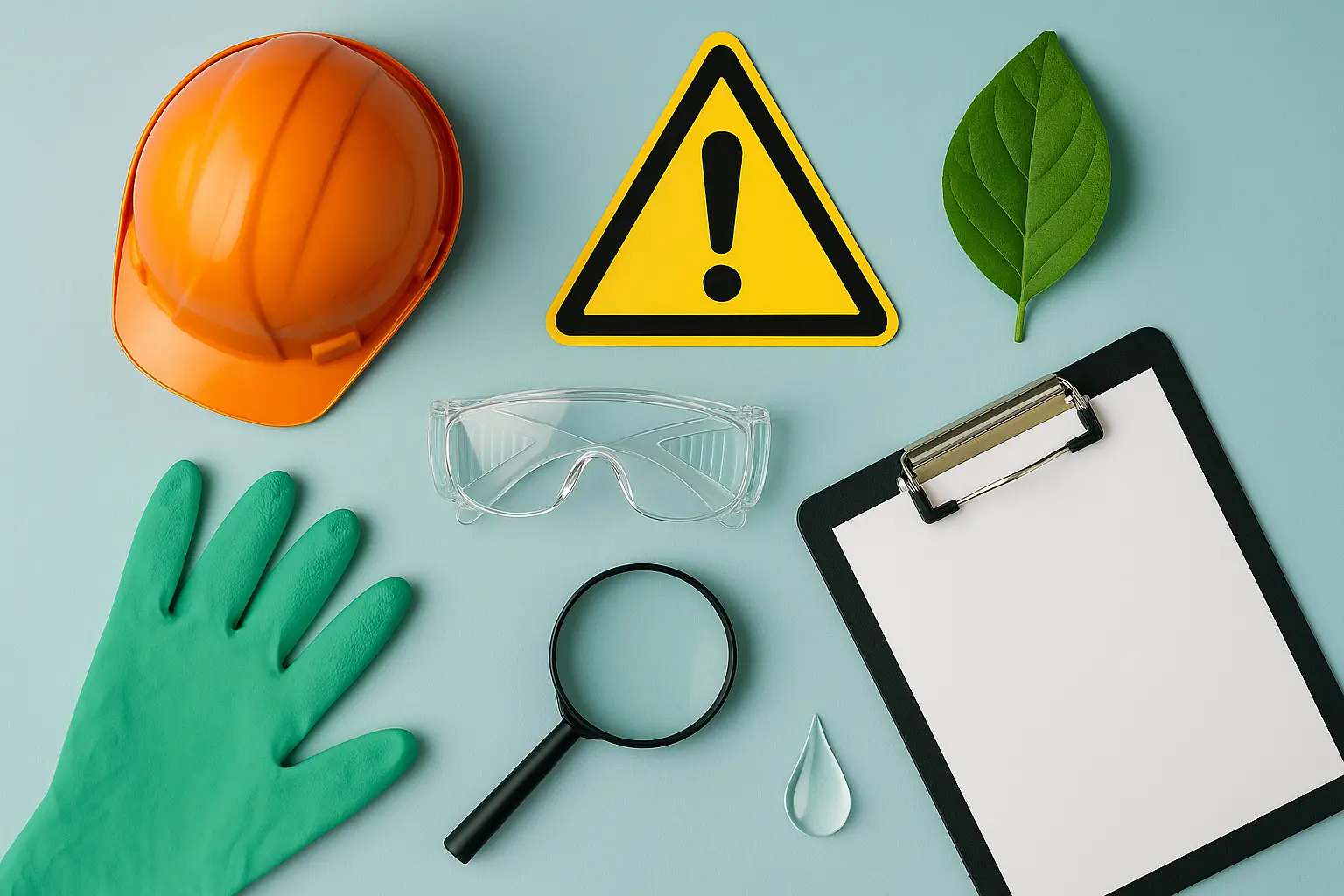NFPA 45 Laboratory Fire Safety Certification
The NFPA (National Fire Protection Association) Standard 45, titled "Fire Protection for Laboratories Using Chemicals," provides comprehensive guidelines to ensure fire safety in laboratories that handle hazardous chemicals. This certification is crucial for facilities involved in research and development, manufacturing processes, or any organization handling flammable materials.
Compliance with NFPA 45 not only helps protect the laboratory personnel but also safeguards the surrounding environment and property from potential hazards. By adhering to this standard, organizations can ensure that their fire protection systems are adequate for the specific risks associated with chemical use in a laboratory setting.
The certification process involves several key components:
- Fire hazard identification
- Risk assessment
- Development of appropriate fire safety measures
- Installation and maintenance of necessary equipment
- Employee training on fire safety protocols
- Regular inspection and testing of systems
The NFPA 45 certification process is designed to ensure that laboratories have the necessary infrastructure, procedures, and personnel in place to prevent fires and minimize their impact. This includes proper storage practices, ventilation systems, emergency equipment, and evacuation plans.
For quality managers, compliance officers, R&D engineers, and procurement teams, this certification is essential for maintaining a safe working environment while adhering to regulatory requirements. It also demonstrates a commitment to best practices in fire safety, which can be a significant advantage when seeking new contracts or grants.
The process typically involves an independent third-party auditor who will assess the laboratory's compliance with NFPA 45 standards. This audit may include on-site inspections, reviews of documentation, and testing of systems. Once all criteria are met, the laboratory is awarded certification, which must be renewed periodically to maintain compliance.
Failure to comply can lead to significant consequences, including fines, reputational damage, and potential legal action. Therefore, it is essential for organizations to prioritize NFPA 45 certification as part of their overall safety strategy.
Applied Standards
The NFPA 45 standard is based on several other international standards that address various aspects of fire protection in laboratory settings. These include:
- ISO/IEC 17025: This standard sets requirements for the competence of testing and calibration laboratories, ensuring they meet specific quality management systems.
- ASTM E1386-19: This standard provides guidelines for the design, operation, and maintenance of fire extinguishing systems in industrial settings.
- EN 45022: This European standard outlines the requirements for the competence of testing laboratories to ensure they meet quality management system requirements.
The NFPA 45 certification process integrates these standards into its framework, ensuring that all aspects of fire safety are covered comprehensively. By aligning with these international standards, organizations can demonstrate their commitment to excellence in laboratory operations and fire safety.
Why Choose This Test
The NFPA 45 certification is a critical component for any organization dealing with hazardous chemicals or conducting R&D activities that involve flammable materials. Here are some key reasons why choosing this test is essential:
- Regulatory Compliance: Ensures adherence to local and international fire safety regulations, reducing the risk of legal penalties.
- Safety Assurance: Protects laboratory personnel from potential fire-related hazards by ensuring proper fire protection systems are in place.
- Risk Mitigation: Minimizes the risks associated with chemical use in laboratories, safeguarding both people and property.
- Reputation Enhancement: Demonstrates a commitment to excellence in safety practices, which can enhance an organization's reputation and credibility.
- Insurance Benefits: Compliance with NFPA 45 standards can lead to favorable insurance rates, reducing overall operational costs.
- Employee Satisfaction: A safe working environment leads to higher job satisfaction and lower turnover rates among employees.
- Continuous Improvement: Regular audits and inspections provide opportunities for continuous improvement in fire safety practices.
By choosing the NFPA 45 certification, organizations not only meet legal requirements but also set a high standard of excellence that can serve as a benchmark for best practices in laboratory fire safety.
Use Cases and Application Examples
The NFPA 45 certification is applicable to a wide range of industries where chemical handling or use is prevalent. Here are some specific examples:
- Pharmaceutical Manufacturing: Ensuring compliance with fire safety standards in the production of medicines that may involve flammable solvents.
- Chemical Research Labs: Providing a safe environment for R&D activities involving hazardous chemicals.
- Biotechnology Companies: Protecting labs involved in biotech research where chemical use is critical.
- Academic Institutions: Safeguarding university laboratories that conduct research and teaching with flammable materials.
- Hospital Research Units: Ensuring fire safety in medical research facilities dealing with potentially hazardous substances.
In each of these use cases, the NFPA 45 certification helps ensure that labs are equipped to handle chemical risks safely and effectively. The certification process is tailored to meet the specific needs of each organization, ensuring they have the necessary infrastructure, procedures, and personnel in place to prevent fires and minimize their impact.





